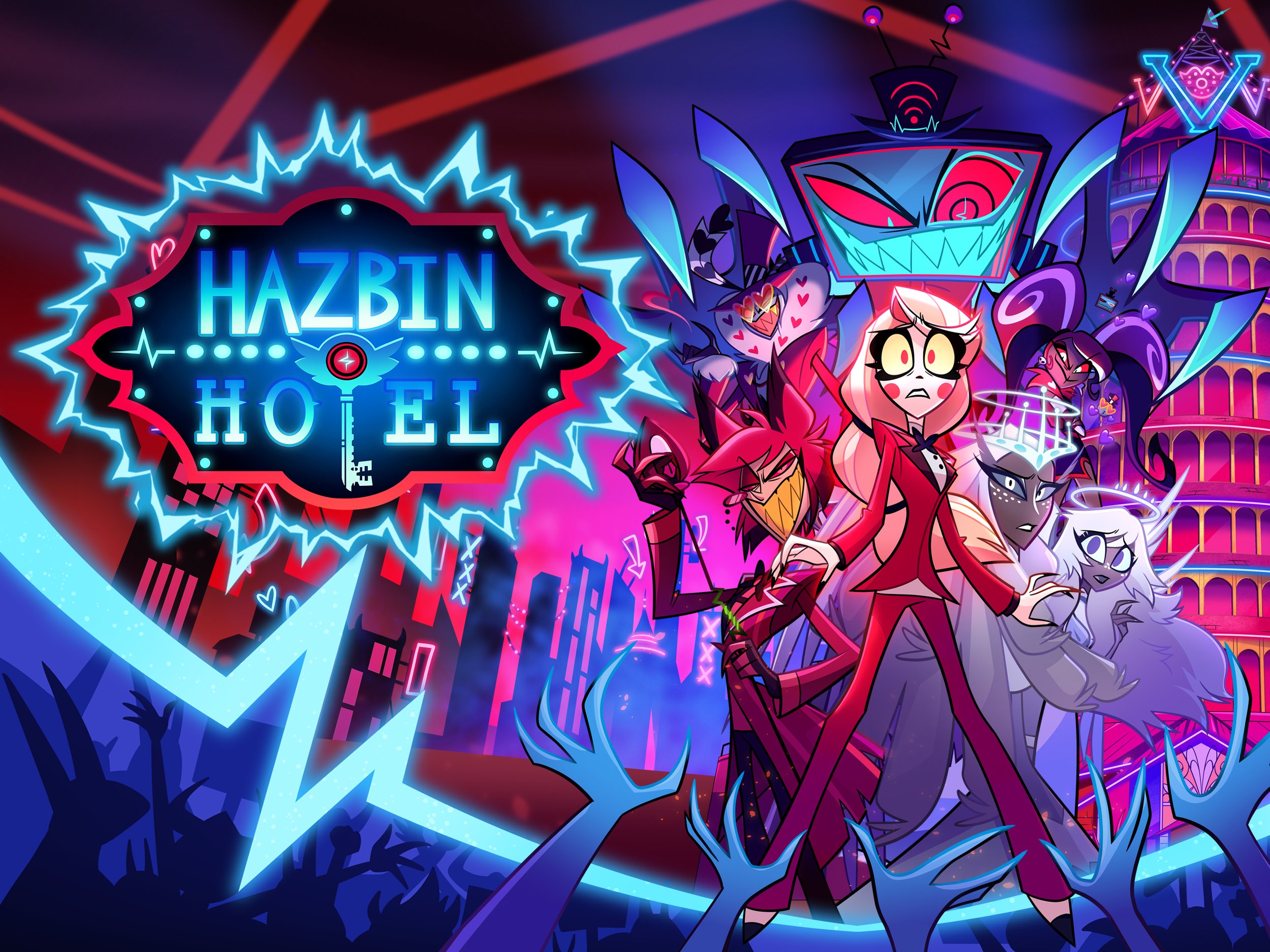Villain or Victim? The Evil Queen’s Tragedy in a Patriarchal Mirror
Beauty as Currency: The Queen's Social Value
The tale of Snow White has long positioned its antagonist, the Evil Queen, as the quintessential villain: vain, cruel, and obsessed with youth and beauty. She is the one who poisons innocence, the stepmother from hell, the embodiment of female malice. But what if the Queen is not a villain at all; at least, not in the traditional sense? What if she is a victim of a patriarchal system that measures a woman's worth by her youth, appearance, and ability to please? Seen through a psychological and feminist lens, the Evil Queen becomes a tragic figure, collapsing under the weight of societal expectations, punished for aging, and stripped of all power save for her beauty. This is not a tale of simple good versus evil. It is a story of systemic collapse, of a woman made monstrous by the impossible demands placed upon her.
The Mirror as Judge: Reflections of Patriarchy
The Queen’s defining feature is her beauty. She is not evil to begin with; she is powerful, royal, admired. Her daily interaction with the magic mirror is telling: she doesn’t ask if she is wise, just, or kind. She asks if she is the "fairest of them all." Her value, in her world, is singular. As long as she is the most beautiful, she is relevant, worthy, perhaps even safe. The mirror’s answer, then, is not simply a mystical truth; it is the voice of a society that keeps score. It is the echo of patriarchy, reminding her daily that her shelf life is limited. When the mirror names Snow White as her superior, it delivers a death sentence masked as a beauty ranking.
Aging as Exile: The Queen's Descent
The Queen’s descent begins here. Her rage is not merely jealousy; it is terror. Snow White is not just prettier, she is younger. The Queen sees her replacement, her irrelevance, her own approaching erasure. Her beauty, the only currency allowed her, is losing value. Simone de Beauvoir wrote of aging as a form of exile for women, a slow, brutal process of becoming invisible. The Queen, facing this exile, lashes out not just at Snow White but at a system that gives her no other role. She cannot age into wisdom, cannot shift into a crone or matriarch with dignity. She must vanish, or rage against the vanishing.
Desperation, Not Evil: Tools of the Marginalized
This makes the Queen’s transformation deeply tragic. Rather than a power-hungry despot, she is a woman trying desperately to hold on to the only identity her world allows. Her resort to dark magic and violence is not born of innate wickedness but of desperation. Her tools; disguises, poison, trickery are the tools of the marginalized, the ones without armies or allies. They are the tools of the desperate and silenced. Her evil is not inherent; it is constructed, shaped by a cultural script that punishes women for aging and tells them they are only as valuable as their reflection.
Internalized Misogyny and the Superego's Mirror
From a psychoanalytic perspective, the Queen is a case study in the internalization of misogyny. The mirror becomes her superego, her judge and jailor. Each day, she confronts her lack not through introspection, but through the gaze that has been imposed upon her. She learns to see herself not as she is, but as others might see her. When the mirror ceases to affirm her, she doesn't question the standard. She questions herself. This is the slow corrosion of selfhood that occurs when identity is outsourced to the judgment of others.
Shadow and Self: A Jungian Reading
Jungian analysis offers another layer. In Jung’s model of individuation, the process of becoming a whole self involves confronting the shadow, the parts of ourselves we deny or repress. Snow White, in this dynamic, is not merely a stepdaughter. She is the Queen’s younger self, her repressed innocence and purity. Her envy, then, is not just directed outward but inward: a yearning for a self that no longer exists. The Queen tries to kill her shadow because she cannot reconcile with it. She cannot accept that she is both beautiful and aging, both desirable and disposable. The mirror divides her, and she fractures.
Feminine Power and Its Limits
From a feminist angle, her story becomes a cautionary tale about what happens to women when their power is tied to an aesthetic that cannot be preserved. The Queen is not allowed to evolve. Her only other role in the story is as a witch, an identity historically assigned to women who defied social norms. Her violence is punished not because it is unjustified, but because it is unfeminine. Had she wept quietly into old age, she would be forgotten but forgiven. Because she resists, she must be destroyed.
The Scarcity Myth: Generational Competition
We should ask why the Queen’s solution to her problem is death. Why must Snow White die for the Queen to survive? This zero-sum logic is deeply ingrained in patriarchal systems that pit women against each other, especially across generational lines. There can only be one "fairest," only one desirable woman. This scarcity is manufactured, but its effects are real. The Queen is not fighting Snow White. She is fighting the system that makes Snow White’s beauty her doom.
Punishment as Spectacle
Even her final punishment, death by red-hot iron shoes, forced to dance until collapse is grotesque in its theatricality. It is not justice; it is a spectacle. Her execution is turned into a public performance, a moralizing drama to ensure that no other woman dares step outside her lane. Fairy tales often end with the punishment of the wicked, but rarely do we ask: who defines wickedness? And why must the punishment be so vividly cruel when the crime is daring to want more?
Simply Put
The Evil Queen is a villain, yes. But she is also a warning, a mirror held up not just to her own face but to ours. She reflects the costs of beauty-based value systems, the psychic violence of aging in a world that worships youth, and the tragedy of female ambition constrained by patriarchal design. She is what happens when power is allowed only in one form, and that form is fleeting. Her monstrosity is not natural. It is made.
To truly understand the Queen, we must stop seeing her as the cautionary tale and start seeing the system she lives in as the true horror. Her story is not about vanity. It is about survival in a world where beauty is a weapon, a currency, and eventually, a curse. She was never meant to win. The moment Snow White was born, the Queen was already dying.
We might not like her. But we should recognize her. She is not just the wicked stepmother. She is every woman told to disappear after 40. Every woman taught to fear the mirror. Every woman whose rage was pathologized, whose aging was mocked, whose power was framed as poison.
She is us, if we lived in a world that only loved us when we were young. And she is dying to get out.
References
Wolf, Naomi. The Beauty Myth: How Images of Beauty Are Used Against Women. Harper Perennial, 2002.
Butler, Judith. Gender Trouble: Feminism and the Subversion of Identity. Routledge, 1990.
Jung, Carl Gustav. The Archetypes and the Collective Unconscious. Princeton University Press, 1981.
Sontag, Susan. “The Double Standard of Aging.” The Saturday Review, 1972.
Rowe, Karen E. “Feminism and Fairy Tales.” Women's Studies, vol. 6, no. 3, 1979, pp. 237–257.
Bettelheim, Bruno. The Uses of Enchantment: The Meaning and Importance of Fairy Tales. Knopf, 1976.
Mulvey, Laura. “Visual Pleasure and Narrative Cinema.” Screen, vol. 16, no. 3, 1975, pp. 6–18.
Table of Contents
About this Series
This article is part of a three-part critical exploration of Snow White through progressive psychological lens, viewing the classic tale in a new light. Revealing hidden power structures and cultural assumptions beneath the fairy tale’s surface.
Read the full series:
Villain or Victim? The Evil Queen’s Tragedy in a Patriarchal Mirror
Snow White: Is She Safe or Silenced? Protection as Patriarchal Cage
Together, these essays challenge the mythologies of beauty, power, race, and gender woven into one of the most iconic stories in Western culture.








